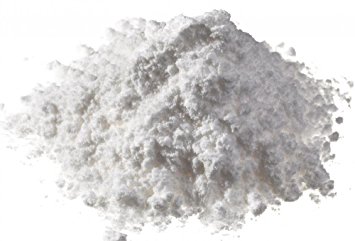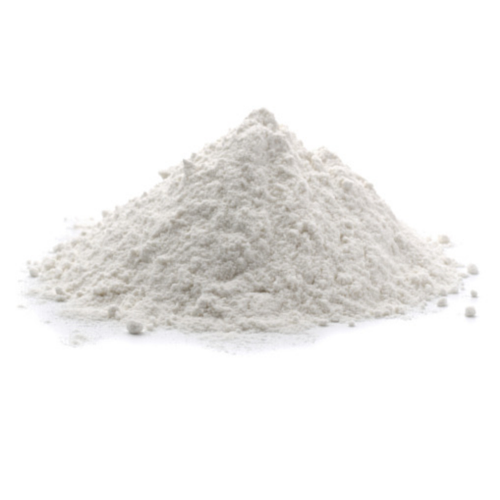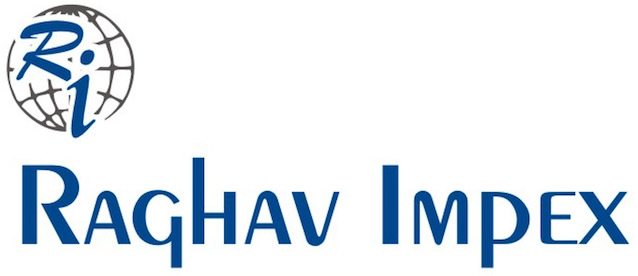Lactose

Edible grade (all mesh sizes)
Lactose is the most important carbohydrate of the milk of most species. Lactose is the first and only carbohydrate every newborn mammal (including human) consumes in significant amounts.
Lactose is made from sweet whey. Lactose is produced by crystallizing lactose from fresh sweet dairy whey, drying and then grinding into a fine powder. When crystallization is performed at temperatures below 93.5°C, exclusively lactose monohydrate is obtained.
Lactose Monohydrate has the peculiarity that in the crystalline state each lactose molecule is associated with 1 molecule of water. Due to this water of crystallization the normal water content of lactose monohydrate is around 5%.
At temperatures above 100ºC, lactose monohydrate gradually loses its water of crystallization. At 140ºC, the loss of crystal water is completed. The loss of water of crystallization is accompanied by a change of the crystalline structure of the lactose. The lactose becomes Anhydrous.
Lactose is a light colored, free flowing powder with a clean sweet flavor.
Lactose can be used as a source of dairy solids in confections, baked goods and dairy-based products. Lactose can also be used as a standardizing agent, a carrier for flavors and colors and as a sweetener.

Pharmaceutical Grade
Pharmaceutical-grade lactose is highly pure lactose specifically produced to meet the standards of identity and purity. Lactose is widely used as a filler or diluent in tablets and capsules, and to a more limited extent in lyophilized products, infant feed formulas, and a diluent in dry-powder inhalations.
